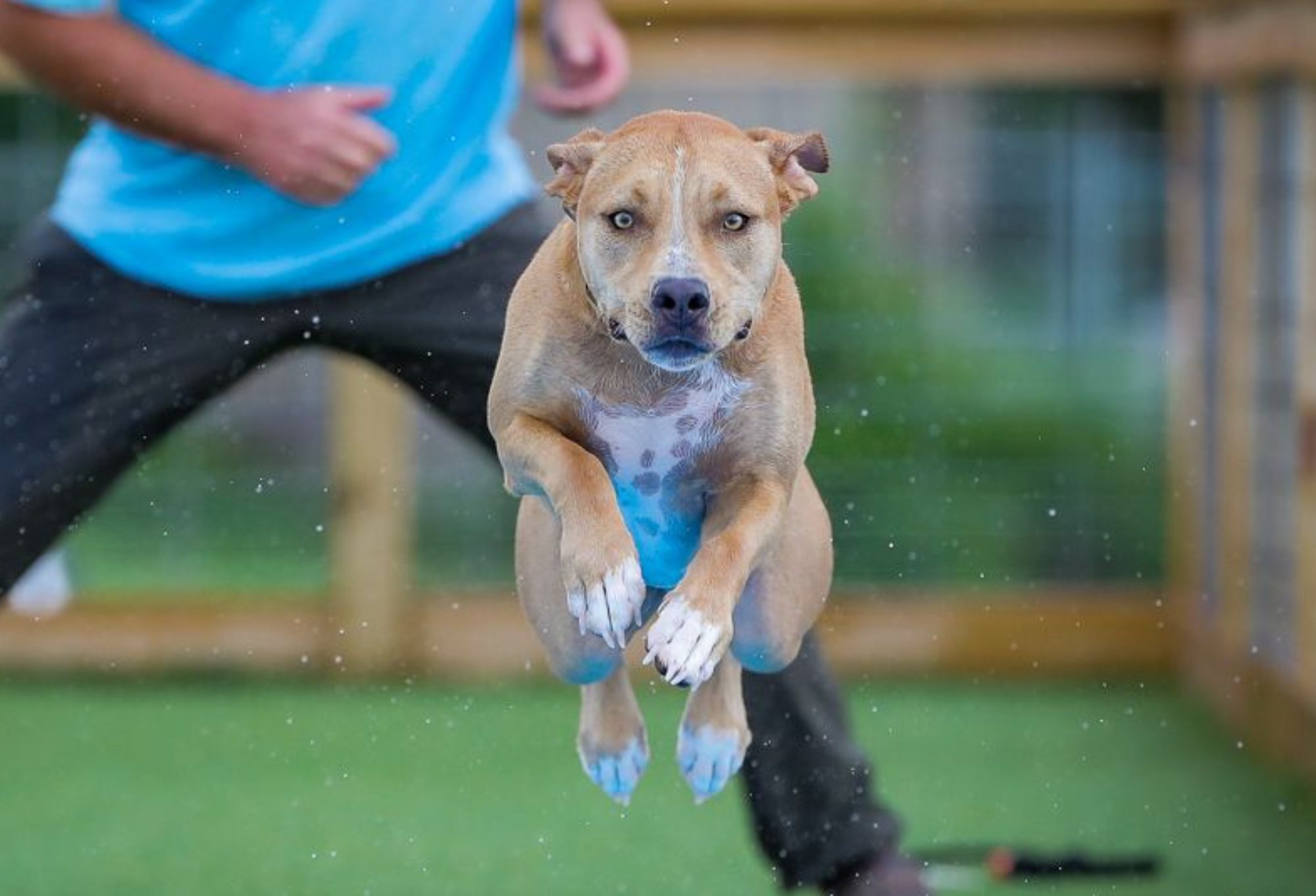Cultivating and conditioning owners’ heads and pocket books versus scientific analytical pragmatic founded overall skill in the animal training industry.
In training and body conditioning, there are very few fundamentally correct ways of working the field. My own expertise and upbringing originate from a very disciplined, structured, systematic, observant, and analytical education background supported by federally implemented rules, laws, and guidelines. This education background includes ancient techniques that have successfully withstood even severe challenges of modernization. In fact, theology and evolution shows that animals were the first creatures on this Earth. The never-ending quest to learn by studying animal behaviorism, body expressions, biomechanics, and any other patterns there were as a means of observing and, more importantly, creating feel and sensation. I lived within the animal society much deeper than outside of it, and I have always loved it.
Based on a handful of recent personal experiences, I will provide a few examples to outline the difference in training or behavior studies. It is dramatically important to just not get a path working around horses, dogs, cats, or any other species for that matter.
A horse in the cross ties to have his hooves cleaned when sweat outbreaks, he beings shivering, or shaking his head. The first reaction is to looking at a trainer, farrier, veterinarian, chiropractor or bodyworker, and everyone’s respective equipment… The horse is not super excited, not joyfully looking forward to being shod, treated, cured, healed, ridden. Is he shaking because he cannot keep it together from having so much fun? If that is not the case, than it can be made to have fun…
A dog who is short haired, has no undercoat, is small and bony in size, lacks fat layers, and is older in age. He jumps into a body of water and is greeted by bracing cold temperatures in the mid-30’s. Though it was only a brief exposure, he suddenly decides that he does not want to get back into water again. He had been lured into a trap created by humans. He is not distracted by the busy environment and accidentally getting into the water, not disobedient, not incorrectly trained, not missing out on the calling of being a duck hunter. He simply might have just manged to survive.
A loyal senior citizen rescue dog falls off of the message table. Bless its heart, he tries to get back on the table. He is now rocked around by his shoulders, losing his balance. He should give up. He does and he is on the solid ground, stretching out his limbs, shaking, shivering, and panting. He is not desperately begging for more attention by doing whatever is necessary to receive it, not going through a mental healing process. The combination of the right placement and correct touch should create an almost instant calmness and sense of comfort.
Those are just three samples of the “Kool-Aid” business approach. It targets the owner or handler with just one perspective: control. We all have dreams and fantasies. We all fall for illusions here and there, thinking that we understand exactly what our animals are trying to tell us. We all are learning and mean well, which eventually opens the doors for “the Joneses.”
Quite often, just using our God-given natural intuitions we actually succeed in supporting our animals, even unknowingly. That outcome is based on a true phenomenon – there is no capitalizing involved. Not financially, not emotionally. There is good money to be made with animals working both for and with animals. And then there is bad money that comes from working against animals; using them for profit by manipulating the owner. A true animal person will always prioritize the well-being of the animal; by doing so, this will seemingly fail to please the human. That failure is indeed an illusion. The truth is that a good trainer or bodyworker or conditioner is willing to pay whatever price to make a world of difference for the sole benefit of the animal!

